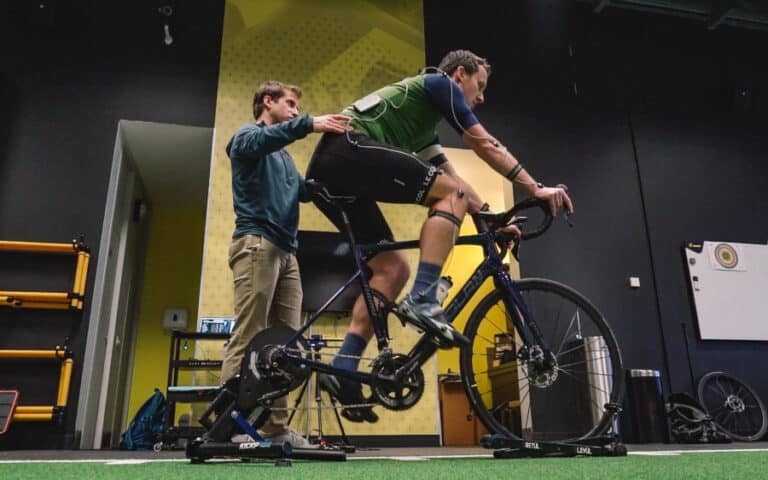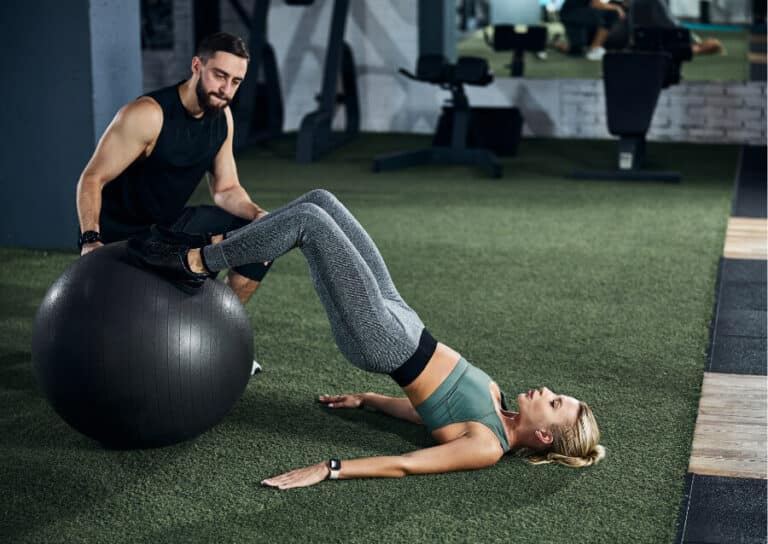Despite the advances in both surgical repair techniques and standards of rehabilitation an injury to the ACL remains one of the most feared knee injuries to sustain in both the sporting and generally active population.
Referring to these as an isolated Anterior Cruciate Ligament injury is a simplification of what is often a collection of associated injuries resulting in a unique presentation in each case.
In fact it is fair to say that whilst ACL injuries have an injury to the Anterior Cruciate Ligament in common it is the combination of associated injuries which will have the biggest impact on the surgery undertaken, the rehabilitation protocol implemented, complicating factors and the overall prognosis and return to full activity time-line.
It would be more reflective of the multi-structural nature of these injuries to refer to them collectively as “Complex Knee Injuries (CKI)” and then further sub-group them depending on the combination of structures involved.
Sub-grouping would allow a more accurate diagnosis and comparison of these injuries and allow a more informed prognosis based on the overall initial presentation, MRI and surgical findings.
At the time of a CKI the first question asked by the individual (or team they play for) is how long they will be out for. Typically (following reconstruction) they are likely to be told a timescale of between 7-12 months. This can create confusion and frustration on behalf of the individual if they are given a prognosis toward the upper end of 12 months as in theory they have just suffered an ACL injury and make direct comparisons with others.
In truth (and assuming we are using task based criteria and objective measurement throughout the rehabilitation process) the recovery will be determined by the achievement of certain physical milestones as opposed to time based progression but associated injuries can result in a significant change in the early post surgical phase, particularly in relation to the speed at which full weight bearing and full range of motion are allowed; this will of course then have a knock on effect on the overall length of the recovery.
Complex ACL ruptured Knee Injury Sub-Groups
To say that no two “ACL” injuries are the same is of course an over simplification. What is clear is that to just group them as ACL’s is also inadequate.
So what are the potential sub-groups; we will get the list started but please feel free to suggest alternatives.
- ACL + Medial Collateral Ligament (MCL)Sprain
- ACL + Medial Collateral Ligament Rupture
- ACL + Lateral Collateral Ligament (LCL) Sprain
- ACL + Lateral Collateral Ligament Rupture
- ACL + Posterolateral Corner (PLC) Disruption – note that the structures of the Posterolateral corner can also be injured to differing degrees which would need further sub-classifying as could include to lesser or greater degree the LCL, Popliteus Tendon, Popliteofibular ligament, Lateral Capsule, Meniscofemoral and Meniscotibial ligaments, Arcuate ligament, Fabellofibular ligament, Biceps Femoris Tendon, the Illiotibial band and lateral head of the Gastrocnemius muscle.
You can find out more information about the PLC here
https://www.orthobullets.com/knee-and-sports/3012/posterolateral-corner-injury
- ACL + Posteromedial Corner (PMC) – structures can include the MCL, Posterior Oblique Ligament (POL), Medial Capsule and Capsular arm of the Semimembranosus.
You can find out more about the PMC here
https://www.orthobullets.com/knee-and-sports/12736/posteromedial-corner-injury
- ACL + capsular injury – (RAMP lesion)
- ACL + Medial Meniscus injury (and consider the variation in Meniscus injuries possible +/- the
option to resect or repair)
- ACL + Lateral Meniscus injury (Lateral injury typically considered of more significance than
Medial and will again include variation in type of injury and surgical choices)
- ACL + PCL injury
As sustained by Zlatan Ibrahimovic when injuring his knee as shown here
• ACL + Osteochondral surface injury which could effect either medial or lateral compartments on the Tibial or Femoral surfaces.
When you consider the possible involved structures we have listed above and then further consider that a Complex knee injury could include combinations to lessening degrees of all of
them it is clear that the variation in the injuries seen (whilst all sharing the common factor of ACL rupture) is absolutely huge.
So why is this important??
The single most important factor in any injury is the individual who has sustained it; their age, sex, injury history, tissue type, relationship with pain, personality, strength and power capacity at the time of injury will all have an impact on their journey to recovery.
Simply put, an individual with significant muscle atrophy at the time of surgery that injured their knee 4-5 months prior will have a less favourable prognosis than an individual with good muscle strength that injured their knee a few days before surgery.
The surgical choices which will be impacted by the injuries sustained will further impact how rehabilitation looks. In choosing a graft the surgeon can already choose between a Hamstring graft or a Patella Tendon graft BPTB (other options available but they are most common).
When faced with meniscal injury the surgical options can vary depending on decisions around resection or repair; resection can have long term ramifications for the overall health of the joint but allow a quicker earlier phase of rehab whereas a repair is better for the long-term health of the joint but often requires a more cautious early phase to allow the meniscus a chance to heal.
Significant collateral ligament injury may need bracing or repairing.
Osteochondral injury may need a micro-fracture procedure and a period of non-weightbearing alongside a strict bracing regime.
Associated hamstring tendon injury (PLC) may need repairing and bracing.
You can see just how varied the rehabilitation process is despite the fact that in all cases the person has “done their ACL”.
Individualised rehabilitation journey
It is so important not to compare yourself (or your client) to others when it comes to rehabilitation after CKI and ACLr.
As we hope to have shown above these injuries are hugely complex (hence the name) and extremely varied in terms of the individual, mechanism, injured structures, surgical choices and rehabilitation protocols and that’s before you add in the capability and success rates of the surgeons involved and the quality of the rehabilitation.
At R4P we follow a task based rehabilitation program which is underpinned by key physical markers; this process means we introduce and progress the individual based on what they can do.
Look out for a follow up blog by our Director of Physiotherapy and Performance Matt Konopinski who will lay out the full R4P complex knee injury pathway from the point of injury (or reconstruction) through to full return to performance.












